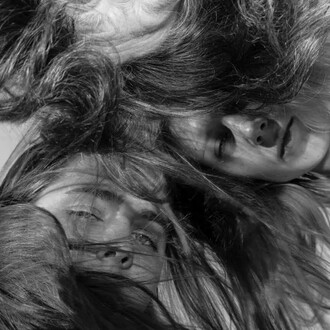In western theory, the myth of Narcissus, a beautiful youth who falls in love with his own reflection, carries overt tones of homoeroticism as an essentially queer narrative in which a man experiences same sex attraction. In this exhibition, multimedia artist Don Joint explores the sensual gaze central to the Narcissus myth through his various series of works including collages, bottles, dinnerware, and other found ephemera. On display are nubile young men brashly arranged yet unaware they are the object of desiring eyes, serving as the reflection to the audience’s lustful Narcissus.
In the most widely known versions of Narcissus’ tale, the Boeotian hunter spurns the advances of his would-be lovers, earning the enmity of the gods. In retribution, Narcissus is lured to a pool where he is besotted by his reflection; upon realizing his affections will never be returned, he wastes away until only a namesake flower remains. The story gives us our modern term narcissism, encompassing extreme vanity, egotism, and megalomania, but it is also a tale of both invitation and rejection: beauty so enticing that it invites the viewer’s gaze yet rejects it at the same time. Don Joint’s works enjoy this same duality. His beautiful models, mostly photographed by the artist himself, beg the attention of an audience. Unapologetically posed to showcase their comeliness, they often meet the viewer’s eyes with come-hither looks. But Joint has removed his models from any tactile interaction with their admirers. Placed in bottles, on plates, and patchwork collages, they reject their adoration, eliciting a passion that cannot be reciprocated. Like a stationary reflection, Joint has fixed his Narcissi in time by positioning them within the confines of artistic assemblages. The artist’s various series each have cheeky names including Boys in a Bottle, Dirty Dishes, and Whatnots that give a clever nod towards the bold nature of the work. With each individual piece, Joint presents a fantasy of idealism, attractive and hedonistic youths whose beauty will never fade, à la Oscar Wilde’s Dorian Gray. The Gray character, of course, is influenced by the Narcissus tale, and his story carries similar nuances of homoeroticism. Joint pointedly taps into the idea of a queer gaze throughout his work while asking the viewer to see as Narcissus saw, feel as he felt. Taking in works like Boys in a Bottle: Poison, it is not hard to imagine the startling moments when attraction becomes
















